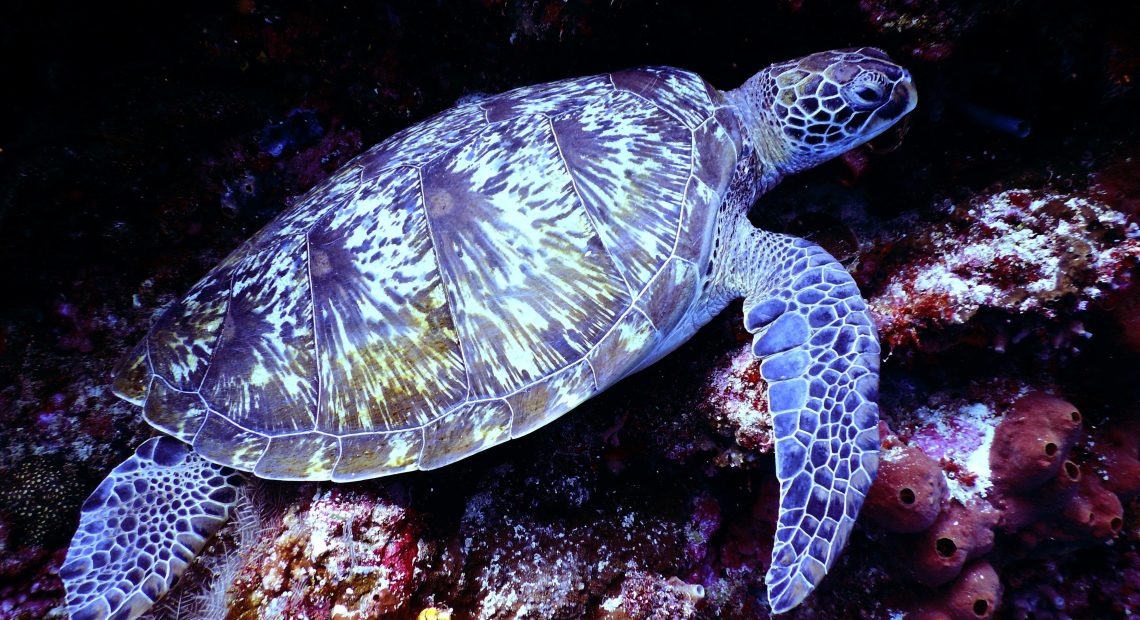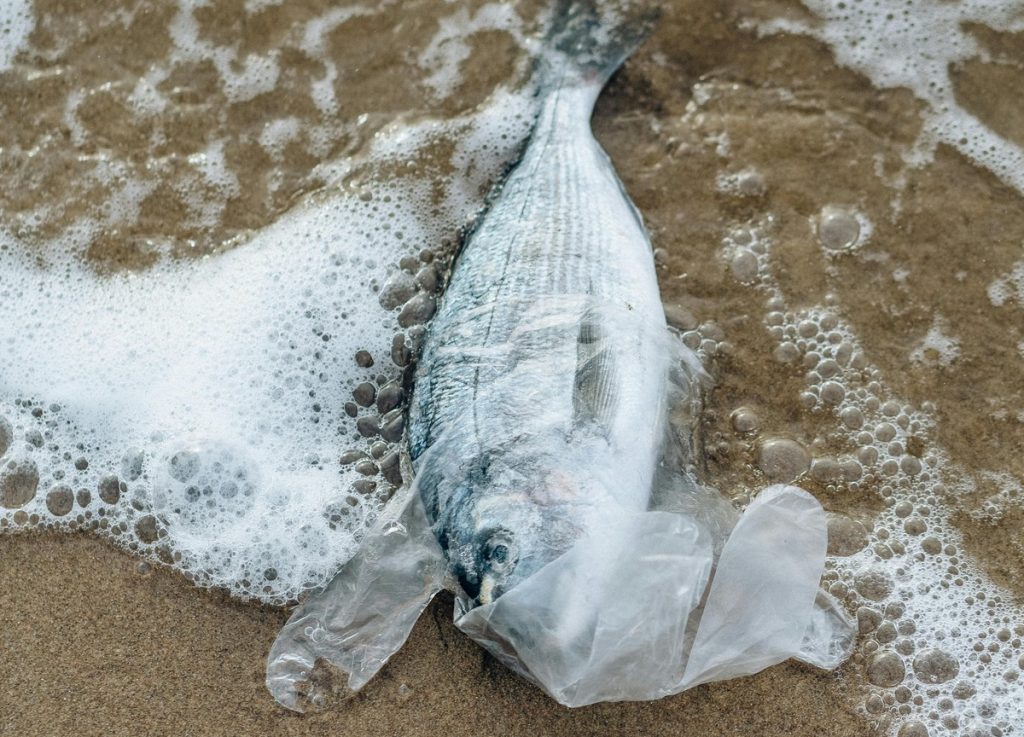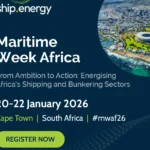Plastic Pollution: Impact on Marine Life

Plastic pollution is a huge problem because of its devastating impact on marine life. It kills thousands of seabirds, sea turtles, seals, and other marine animals every year. These animals often eat plastic or get tangled in it. Species like Hawaiian monk seals and Pacific loggerhead sea turtles are among nearly 700 endangered by plastic.
Every year, according to United Nations Environment Programme, we produce over 460 million metric tons of plastic. Most of this plastic ends up in our oceans. In fact, 88% of plastic waste that leaks into the ocean is big enough to be seen with the naked eye.
Plastic can also carry harmful species to new places, leading to biodiversity loss. The amount of plastic in our oceans is staggering. Experts believe there are between 15-51 trillion pieces of microplastics in the ocean now.
Key Takeaways
- Over 460 million metric tons of plastic are produced annually, much of which ends up in the oceans.
- Plastic pollution has a devastating impact on marine life, with thousands of seabirds, sea turtles, seals and other marine mammals killed each year.
- Endangered species like Hawaiian monk seals and Pacific loggerhead sea turtles are among nearly 700 species affected by plastic litter.
- Plastic debris can transport invasive species, contributing to biodiversity loss.
- An estimated 15-51 trillion pieces of microplastics are now in the world’s oceans.
What is Plastic Pollution?
Plastic is everywhere in our lives, from everyday items like bottles and packaging to building materials and gadgets. It comes from fossil fuels like gas and oil. Over the last hundred years, we’ve made more plastic than in all the years before.
Plastic Production and Consumption
Plastic lasts a long time and doesn’t break down easily, which is a big problem for the environment.
Sources of Plastic Pollution
- About 80% of marine plastic contamination comes from land, like litter and runoff from cities and farms.
- The other 20% comes from the ocean itself, mainly from lost fishing gear.
- Most plastic gets into the ocean through rivers and coastal areas. It can also travel long distances in the ocean.
| Type of Plastic Contamination | Percentage |
|---|---|
| Land-based sources | 80% |
| Ocean-based sources | 20% |
Single-use plastics have greatly harmed the environment, adding to the plastic overuse problem.

“Plastic pollution is one of the most pressing environmental challenges of our time, and addressing it requires a comprehensive, global response.”
The Devastating Impact of Plastic Pollution on Marine Life
Plastic pollution is a huge problem for marine ecosystems. Every year, thousands of seabirds, sea turtles, seals, and other marine animals suffer from eating plastic and getting tangled in it.
Eating plastic can cause serious harm to these creatures. It can block their intestines and lead to starvation. Also, plastic in the food chain is a big threat to ocean biodiversity. Toxic chemicals from plastic can end up in humans who eat these animals.
Getting tangled in plastic is another big danger, especially for endangered animals like the Hawaiian monk seal and Steller sea lion. Things like fishing nets and plastic rings can hurt and even kill them.
Plastic pollution also harms marine ecosystems in many ways. It can carry invasive species and toxic chemicals. This can change food webs and harm the health of entire habitats.
“Plastic pollution is a scourge on our oceans, and its impact on marine life is nothing short of catastrophic. We must act now to stem the tide of this environmental crisis.”
Our love for plastic is harming marine ecosystems badly. We need a global effort to use less plastic and waste less. This is the only way to protect our oceans and the animals that live there.
Plastic Pollution and Human Health
Plastic pollution is a big threat to our health. Tiny plastic bits, less than 5 millimetres, are found in our blood, food, and even drinking water. These plastics can get into our bodies through eating, breathing, or through our skin.
Plastics are made with chemicals that can cause health problems. These include issues with growth, reproduction, brain function, and the immune system. When plastic breaks down, it releases these harmful substances. These can build up in our food and eventually, we eat them.
- Studies show microplastics in human blood, which could affect our health.
- Plastic production chemicals like BPA and phthalates are linked to health issues, including hormone problems and cancer.
- Plastic pollution helps spread diseases by being a home for disease-carrying insects, like mosquitoes.
Plastic pollution is a big problem for our health and the planet. We need to use less plastic and improve how we manage waste. This is key to solving this urgent issue.
“Plastic overuse is a global crisis that threatens not only the health of our planet but also the health of all living beings, including humans. We must take decisive action to curb this growing threat.”
Economic Impacts of Plastic Pollution
Plastic waste is causing big economic problems across many areas. It affects tourism, fisheries, and agriculture, threatening the livelihoods of businesses and communities worldwide.
Tourism is one of the main victims. Plastic on beaches can scare off visitors, hurting small businesses that depend on tourists. This hits the local economy hard, especially those who make a living from tourism.
The fishing industry is also struggling. Plastic waste gets tangled in fishing nets, damaging gear and reducing catches. Plus, microplastics in the ocean can make seafood unsafe, which worries consumers and might lower demand for fish products.
In farming, plastic waste pollutes soil and water, cutting down crop yields and quality. This hurts farmers and the food chain.
Plastic also affects the water supply. It blocks water treatment systems, raising maintenance costs and disrupting water supply. This impacts businesses and homes that need clean water.
A study by the International Union for Conservation of Nature (IUCN) says plastic pollution costs billions of dollars a year. If we don’t act, these costs could go up. The report calls for urgent action to solve this environmental and economic crisis.
| Sector | Economic Impact |
|---|---|
| Tourism | Decline in revenue for small and medium enterprises due to decreased visitor numbers |
| Fisheries | Damage to fishing equipment, reduced catch sizes, and concerns over seafood contamination |
| Agriculture | Reduced crop yields and produce quality due to soil and water contamination |
| Water Supply | Increased maintenance costs and disruptions in water availability due to clogged treatment systems |
Plastic pollution is causing big economic problems for businesses, communities, and the world economy. We need a joint effort from governments, industries, and people to find sustainable solutions. This will help lessen the harm to different sectors.
Plastic Pollution and Ecosystems
Plastic pollution is a big threat to the balance of natural ecosystems around the world. It affects both land and sea environments. Plastic can harm the important roles these habitats play.
Effects on Natural Ecosystems
Plastic pollution has a big impact on natural ecosystems. It can carry invasive species, leading to a loss of biodiversity. In places like mangroves and wetlands, it can damage these vital habitats.

These habitats, known as “blue carbon” ecosystems, are key for climate control, protecting coasts, and providing fresh water. When plastic pollution harms them, they can’t do these important jobs.
Because of plastic pollution, natural ecosystems suffer. Mangroves, for example, are great at storing carbon, protecting shorelines, and supporting marine life. Wetlands are vital for cleaning water, controlling floods, and protecting unique plants and animals. However plastic pollution can reduce their effectiveness.
| Ecosystem | Ecosystem Services | Impact of Plastic Pollution |
|---|---|---|
| Mangroves | Carbon sequestration, coastal protection, habitat for marine life | Degradation of habitat, disruption of ecosystem functions |
| Wetlands | Water filtration, flood control, habitat for wildlife | Contamination, degradation of habitat, disruption of ecosystem functions |
It’s vital to tackle the issue of plastic overuse to protect natural environments. Keeping these ecosystems safe is key for biodiversity and the services they offer to people and the planet.
“Plastic pollution is a global crisis that threatens the delicate balance of our natural ecosystems, from the depths of the oceans to the heart of our wetlands. Preserving the health of these vital habitats is crucial for the well-being of our planet and all its inhabitants.” – Dr. Sarah Thompson, Environmental Scientist
Plastic and Climate Change
Plastic pollution is also one of the causes of climate change. Making plastic leads to a lot of greenhouse gas emissions. Burning plastic waste adds more carbon dioxide and methane to the air, making climate change worse.
The world’s need for plastic is growing, which means the climate effects of plastic will get even worse. We need to act fast to move to a sustainable plastic economy. This means looking at every step of plastic’s life, from making it to recycling it.
- The extraction and refining of fossil fuels for plastic making add to greenhouse gas emissions.
- Plastic production needs a lot of energy, causing more emissions.
- Burning plastic waste sends carbon dioxide, methane, and pollutants into the air, making climate change worse.
- Plastic in oceans and landfills can also release greenhouse gases as it breaks down.
We need a detailed plan to deal with plastic climate effects. This plan should aim to make less plastic, use other materials, and improve how we manage waste. By doing this, we can help protect our climate and reduce the harm caused by plastic pollution.
“Plastic pollution is not just an environmental crisis; it’s a climate crisis as well. We must address the entire lifecycle of plastic to truly tackle this issue.”
Solutions to Plastic Pollution
We need a wide-ranging plan to tackle plastic pollution. This plan should focus on making less plastic, using more circular economy methods, and changing how we all use plastic. This approach is vital for dealing with the global plastic waste issue and its harm to our planet.
Reducing Plastic Production and Consumption
One major way to fight plastic pollution is to stop making harmful plastics and cut support for the fossil fuel and petrochemical sectors. This would lessen the amount of plastic made and used, which is a big part of the pollution problem. Also, making companies responsible for their products through extended producer responsibility (EPR) schemes can push them to make more sustainable and recyclable items.
- Phase out harmful plastic products
- Eliminate subsidies for fossil fuel and petrochemical industries
- Implement extended producer responsibility (EPR) schemes
Putting money into systems for reusing, refilling, and recycling is key to a circular economy for plastics. Better collection, sorting, and processing of plastic waste can cut down on plastic in landfills, oceans, and nature.
| Approach | Description | Impact |
|---|---|---|
| Reuse and Refill | Promoting the use of reusable containers and refill systems to reduce single-use plastic waste. | Decreases plastic production and consumption, reduces waste, and encourages a circular economy. |
| Recycling Infrastructure | Investing in improved collection, sorting, and processing facilities to increase the recycling of plastic waste. | Diverts plastic from landfills and the environment, and creates a closed-loop system for plastic materials. |
A global plastics treaty with strict, science-based goals and reporting is crucial. It would help coordinate efforts worldwide and push for real change in fighting plastic pollution.
Global Action on Plastic Pollution
Some countries have banned certain single-use plastics to fight plastic pollution. But, we need a global plan to really make a difference. The International Union for Conservation of Nature (IUCN) backs a global plastics treaty. This treaty would set targets, make sure countries follow the rules, and protect biodiversity.
This treaty must also help developing countries by sharing technology and providing financing to fight plastic pollution. Working with global agreements like the Kunming-Montreal Global Biodiversity Framework and the Paris Agreement is key. This will help us tackle the environmental crisis together.
- The IUCN calls for a legally binding global plastics treaty to address plastic overuse worldwide.
- The treaty should set ambitious reduction targets, establish reporting and compliance mechanisms, and prioritise biodiversity protection.
- Capacity building, technology transfer, and a financing mechanism should be included to support developing countries.
- Aligning global efforts with existing international agreements, such as the Kunming-Montreal Global Biodiversity Framework and the Paris Agreement, is crucial.
“A truly global, coordinated response is needed to tackle this transboundary issue of plastic pollution.”
Conclusion
Plastic pollution is a big threat to our oceans. It harms wildlife by causing them to eat plastic and get tangled in it. This also messes up the important work of the ocean’s ecosystems.
We need to act fast to stop this problem. By working together, we can save our marine life and the species that live there. We must reduce how much plastic we use, make global rules, and find ways to pay for these changes.
Now is the time to act. We all have a role to play in fighting plastic pollution. This could be changing our own habits, pushing for new laws, or supporting new technology to manage waste. The future of our planet’s marine life and the next generations depend on it.
FAQ
What is the scale of the plastic pollution crisis?
What are the main sources of plastic pollution in the oceans?
How does plastic overuse impact marine life?
How does plastic pollution impact human health?
What are the economic impacts of plastic contamination?
How does plastic affect natural ecosystems?
How does plastic contribute to climate change?
What are the key solutions to addressing this problem?
How can global action help tackle plastic pollution?
References
- https://www.iucn.org/resources/issues-brief/plastic-pollution – Plastic pollution
- https://cleanwater.org/problem-marine-plastic-pollution – The Problem of Marine Plastic Pollution
- https://www.biologicaldiversity.org/campaigns/ocean_plastics/ – Ocean Plastics Pollution















